Online shopping provides a quick and convenient way to purchase products, and this is especially true for the...
Pessaries for Sale | Gelhorn, Ring, Donut, Cube
What Are Pessaries and Prolapse?
A Vaginal pessary is a medical device that is similar to a firm ring or diaphragm that is used to treat a medical condition called prolapse. Prolapse happens when an organ within the body moves down below its normal position and usually protrudes from an orifice such as the rectum or the vagina. A pessary is used to effectively provide support and prevent these organs from slipping down past their normal po
Types of Pessaries
There are several different types of pessaries that can be used to support the vagina, support the uterus and support the pelvis. Some of the most popular pessary types include the following:
- Donut Pessary: You may need a donut pessary if you need a pessary to support areas of pelvic organ prolapse, specifically uterine prolapse. A donut pessary is a vaginal pessary that is removable.
- Ring Pessary: You may need a ring pessary if you need a pessary to treat first and second-degree prolapse or a pessary to treat cystocele. A ring pessary is made with flexible silicone and can be conveniently folded for insertion. Available in nine different sizes, these pessaries are highly flexible and soft.
- Gellhorn Pessary: You may require a Gellhorn pessary if you need a pessary to treat second and third-degree prolapse or procidentia. A Gellhorn pessary can be used for more advanced pelvic organ prolapse and is equipped with drainage holes in the base to allow for the convenient passage of fluids. Available in nine sizes, this pessary has a knob/horn that folds easily for insertion.
- Hodge Pessary: You may use a Hodge pessary if you need a pessary for uterine prolapse, cystocele, stress incontinence, retro displacement, and incompetent cervix. Also widely used in the management of vaginal prolapse of the urogenital organs, this pessary is available in ten sizes and can be ordered with support or without support. Hodge pessaries have wires that allow the pessary to be manually shaped for different anatomies.
- Cube Pessary: You may require a cube pessary if you require a pessary for the treatment of vaginal prolapse or uterine prolapse, usually as a result of maternity. Made with soft flexible silicone, a cube pessary is designed for third-degree prolapse including procidentia. You may also prefer a cube pessary for the treatment of cystocele and rectocele. Available with and without drainage holes, this pessary is equipped with a silicone tie to aid with removal.
How to Select the Correct Size
You will need to have a doctor fit you for a pessary to determine the correct pessary shape and size for you. A medical professional can determine what the best type of pessary is for you, depending upon your particular medical condition. Your medical professional will use a to determine the correct size of pessary for you.
Find a Pessary
The following manufacturers carry a variety of different types of pessaries. Browse the following pessary manufacturers to find the correct pessary for you:
- Miltex Pessaries: Miltex Pessaries are specifically designed to relieve vaginal support abnormalities and effectively offer a solution for both female incontinence and prolapse. Miltex offers a wide variety of soft, pliable, and latex-free pessaries.
- Personal Med Pessaries: Personal Med Pessaries are an effective way to manage prolapse. Made with soft and pliable medical-grade silicone for easy insertion and removal, these pessaries are available in a wide variety of sizes to suit different anatomic needs.
Medical Codes
- HCPCS Code: A4562
- Office Visit Code: 99214
- CPT Procedure Code for Fitting and Insertion: 57160
Additional Information
- Pessary Fitting Guide offers care instructions from Integra Miltex.
- Pessary Disinfecting Guide covers cleaning and disinfecting instructions from EvaCare.
- Pessary Remover Guide provides use instructions, warnings, and precautions from Integra Miltex.
- Ramsay, S and Bouchard, F. Long Term Outcomes of Pessary Use in Women with Pelvic Organ Prolapse. Universite de Sherbrooke.
- Vasavada, S. Prolapse & Incontinence: Regain Control of Your Active Life. Cleveland Clinic. Jul 14, 2014.
- Pessary Definition, Dictionary.com.
- Gallagher, J. Cheap device reduces premature births. BBC News. Apr 3, 2012.
- Bash K. Review of vaginal pessaries. Obstet Gynecol Surv 2000;55: 455 - 460.
- Cundiff GW, Wiedner AC, Visco AG, Bump RC, Addison WA. A survey of pessary use by members of the American Urogynaecological Society. Obstet Gynecol 2000;95:931 - 935.
- Handa VL, Jones M. Do pessaries prevent the progression of pelvic organ prolapse? Int Urogynecol J 2002;13:349 - 352.
- Thakar R, Stanton S. Management of genital prolapse. Clinical review. BMJ 2002;321:1258 - 1262.
- Robert M, Mainprize TC. Long term assessment of the incontinence ring pessary for the treatment of stress incontinence. Int Urogynecol J 2002;13:326 - 329.
- Bump RC, Mattiasson A, Bo K, et al. The standardization of terminology of female pelvic organ prolapse and pelvic floor dysfunction. Am J Obstet Gynecol 1996;175:10 - 17.
- Deger RB, Menzin AW, Mikuta JJ. The vaginal pessary: past and present. Postgrad Obstet Gynecol 1993;13:1 - 8.
- Anders K. Nonmedical management of incontinence. In: Cardozo L, MacLean AB, editors. Incontinence in Women. London: RCOG Press, 2002:225 - 248.
- Nygaard I. Prevention of exercise incontinence with mechanical devices. J Reprod Med 1995;40:89 - 94.
- Biswas NC. A silastic vaginal device for the treatment of stress urinary incontinence. Neurourol Urodynamics 1988;7:271 - 272.
- Moore KH, Foote AJ, Burton G, King J. An open study of the bladder neck support prosthesis in genuine stress incontinence. Br J Obstetrics Gynaecol 1999;106:42 - 49.
- Tincello DG, Adams EJ, Bolderson J, Richmond DH. A urinary control device for management of female stress incontinence. Obstet Gynecol 2000;95:417 - 420.
- Jones, K and Harmanli, O. Pessary Use in Pelvic Organ Prolapse and Urinary Incontinence. Rev Obstet Gynecol. 2010 Winter; 3(1): 3-9.
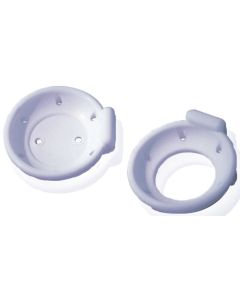
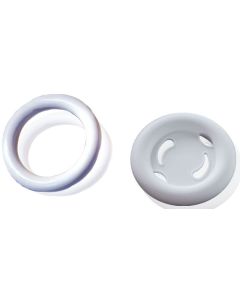
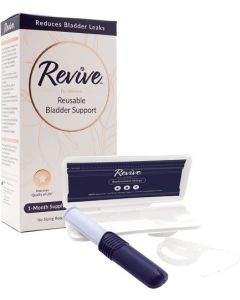

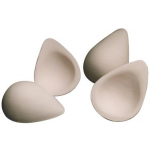
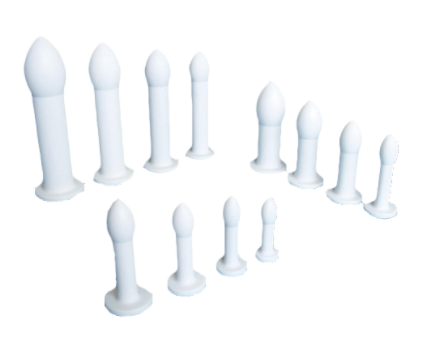
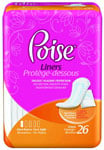
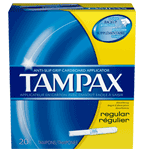
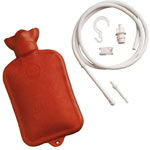

Login and Registration Form